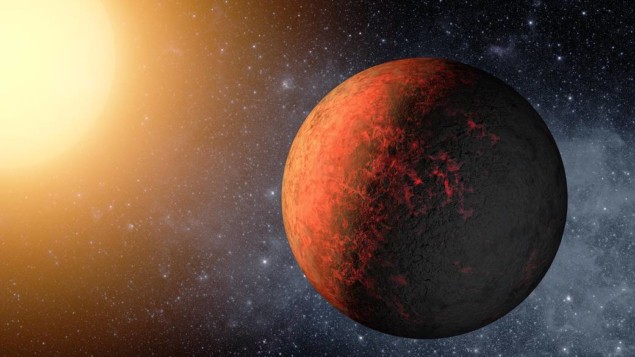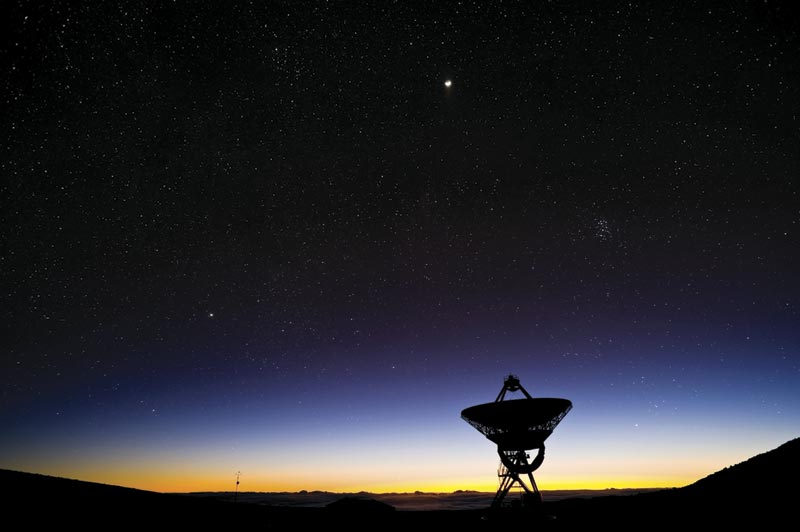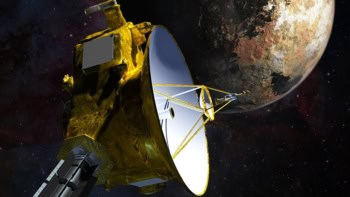
Researchers in the UK have shown that the nature of ultraviolet radiation emitted by stars could be vital for forming complex life-building molecules on the surfaces of orbiting planets. The joint research team from the University of Cambridge and the Medical Research Council Laboratory of Molecular Biology (MRC LMB) hope that their work could soon aid the search for life beyond our solar system.
In a 2015 study, John Sutherland at the MRC LMB proposed that carbon present in meteorites bombarding the newly-formed Earth may have reacted with hydrogen and nitrogen in its atmosphere, forming molecules of hydrogen cyanide. In the presence of solar UV radiation, these molecules could have reacted with other elements in the Earth’s “primordial soup” to form increasingly complex molecules. Eventually, Sutherland believes, the process resulted in RNA – commonly believed to be the first molecule on Earth to carry genetic information.
Sutherland and colleagues have more recently attempted to recreate these primordial conditions inside the lab by exposing hydrogen cyanide and hydrogen sulphite ions to water under UV lamps. In this study, the researchers measured the time taken for life-forming organic molecules – including lipid precursors, amino acids, and nucleotides – to form in these conditions. Sutherland’s team concluded that UV radiation from the Sun greatly facilitated the chemical reactions that enabled life to form on Earth.
Paul Rimmer and colleagues at Cambridge University realized that Sutherland’s experiment could be easily extended to make predictions on a more astronomical scale. By measuring the number of photons emitted by the UV lamps over time, the researchers calculated the sizes and temperatures of stars that would allow complex molecules to emerge on their orbiting planets. Rimmer’s team found that stars with similar temperatures to the Sun form an “abiogenesis zone” at sufficient orbital distances; regions where liquid water can exist on planetary surfaces, and where the intensity of UV radiation is sufficient to initiate life-forming chemical reactions.

The eerie silence
Sutherland, Rimmer, and colleagues are now turning their attention to known exoplanets that fall within the abiogenesis zones of their host stars. We already know of several such planets, including the remarkably Earth-like Kepler 452b. These planets are currently too far away to properly observe the presence of complex organic molecules on their surfaces, but that may soon change. As NASA plans to launch their TESS planet-hunting spacecraft and the James Webb Telescope, the researchers hope their work will provide a better idea than ever before of where to look for extraterrestrial life.
The study is reported in Science Advances.



